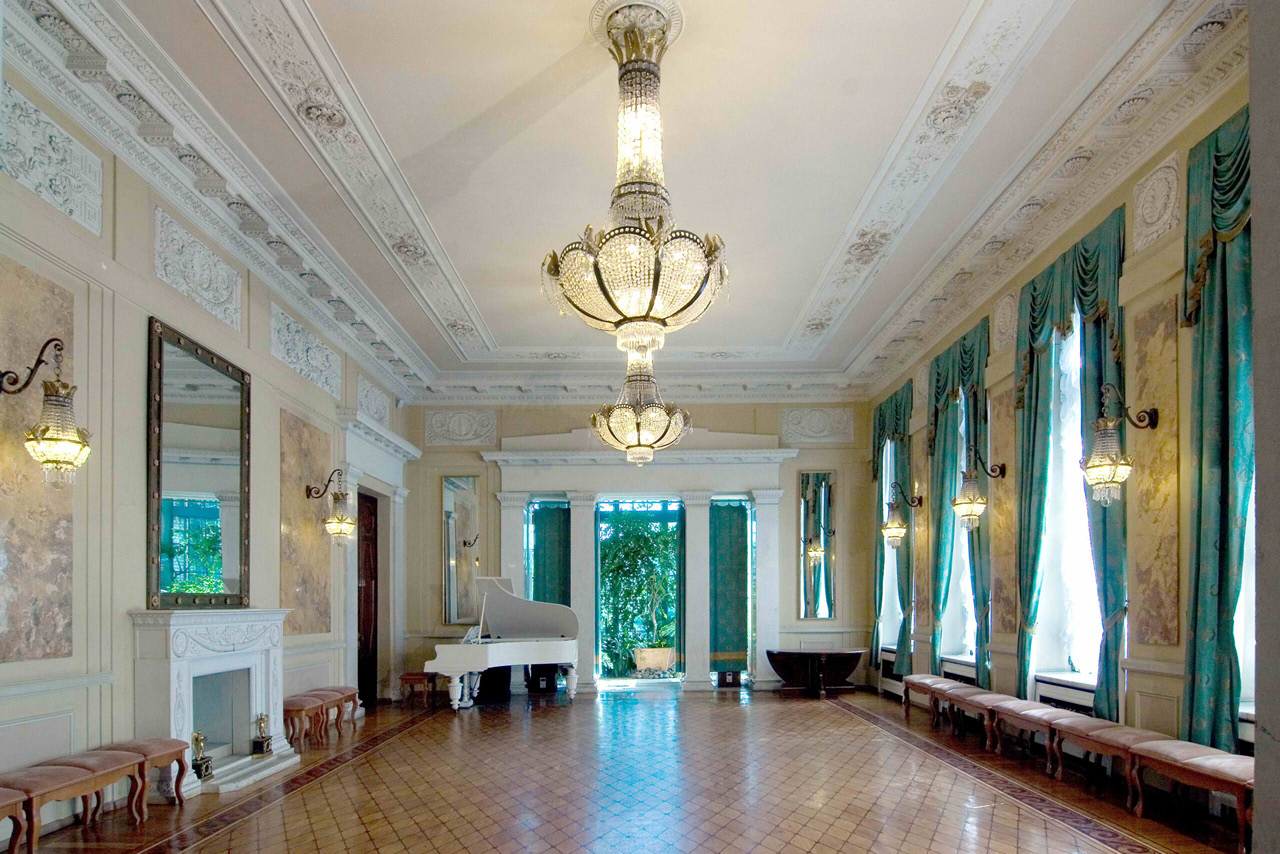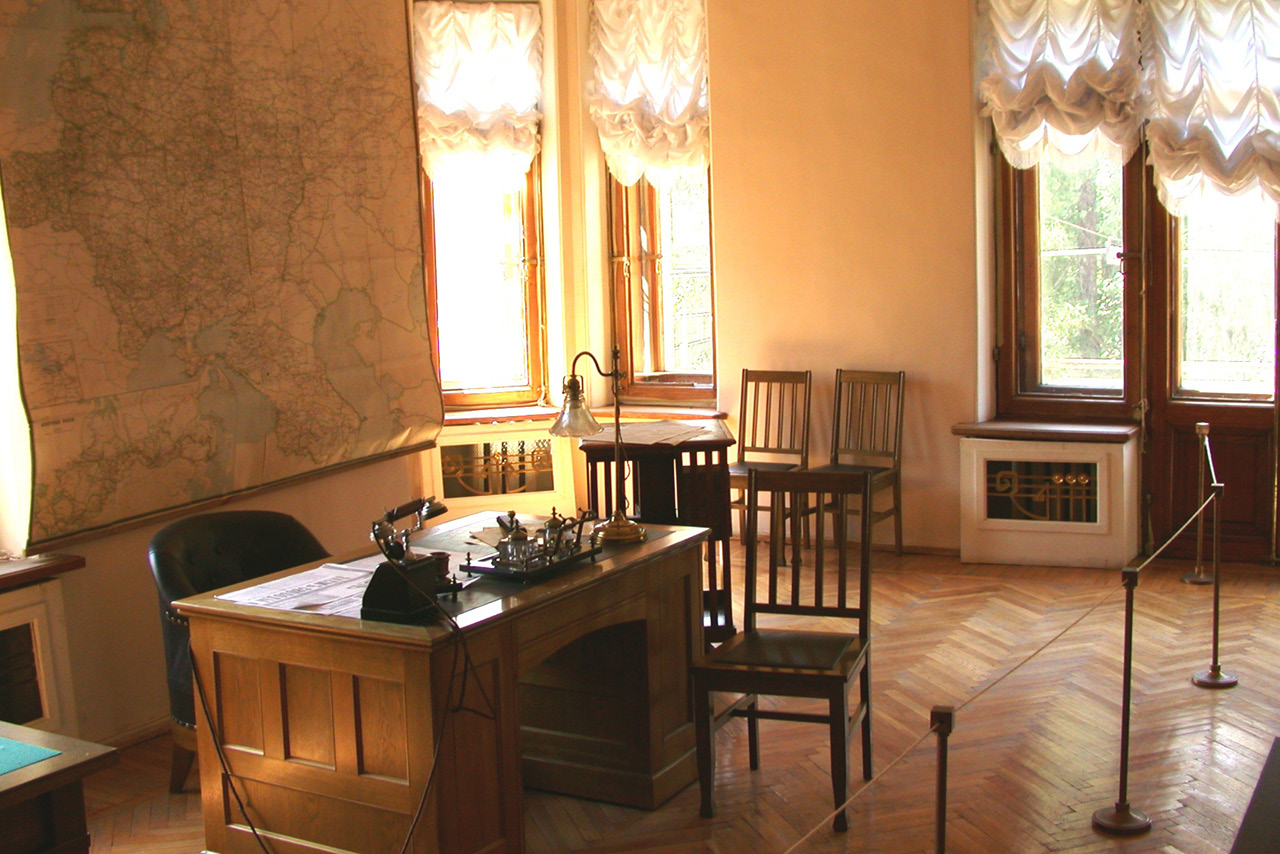Tour Details
New Chapter in the History
The year 1917 blew over Russia shaking up the life of the enormous country. The October Revolution launched a new era in world history. The Revolution is inextricably bound up with the name of Lenin, and Lenin in his turn was inextricably linked with three capitals of Russia: in the city of Kazan he was formed as a revolutionary in Kazan University, in St. Petersburg he fought for the Revolution, in Moscow he accomplished his way.
Types of tourism
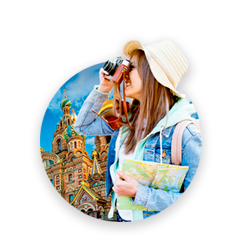
Excursion
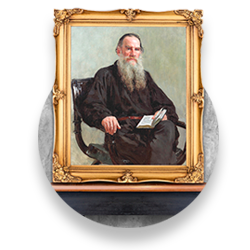
theme

Excursion

theme
Leader's Birth and his First Steps to the Revolution
Ulyanovsk & Kazan
One name is forever firmly connected with the fate of the Ulyanovsk city – the name of Vladimir Ulyanov (Lenin). The pride and glory of Ulyanovsk are the memorable places associated with his childhood and adolescence. The city itself (initially Simbirsk) was named after its hero Ulyanov only after his death in 1924. Here, in Simbirsk on April 22, 1870 Vladimir Ulyanov was born. Here he studied in the men’s classical gymnasium, where in the last years of his studies he spent a lot of time reading the works of the revolutionary democrats, that undoubtedly, significantly influenced the formation of his revolutionary convictions. Ulyanov (Lenin) graduated with gold medal that permited him to enter Kazan University without exams.
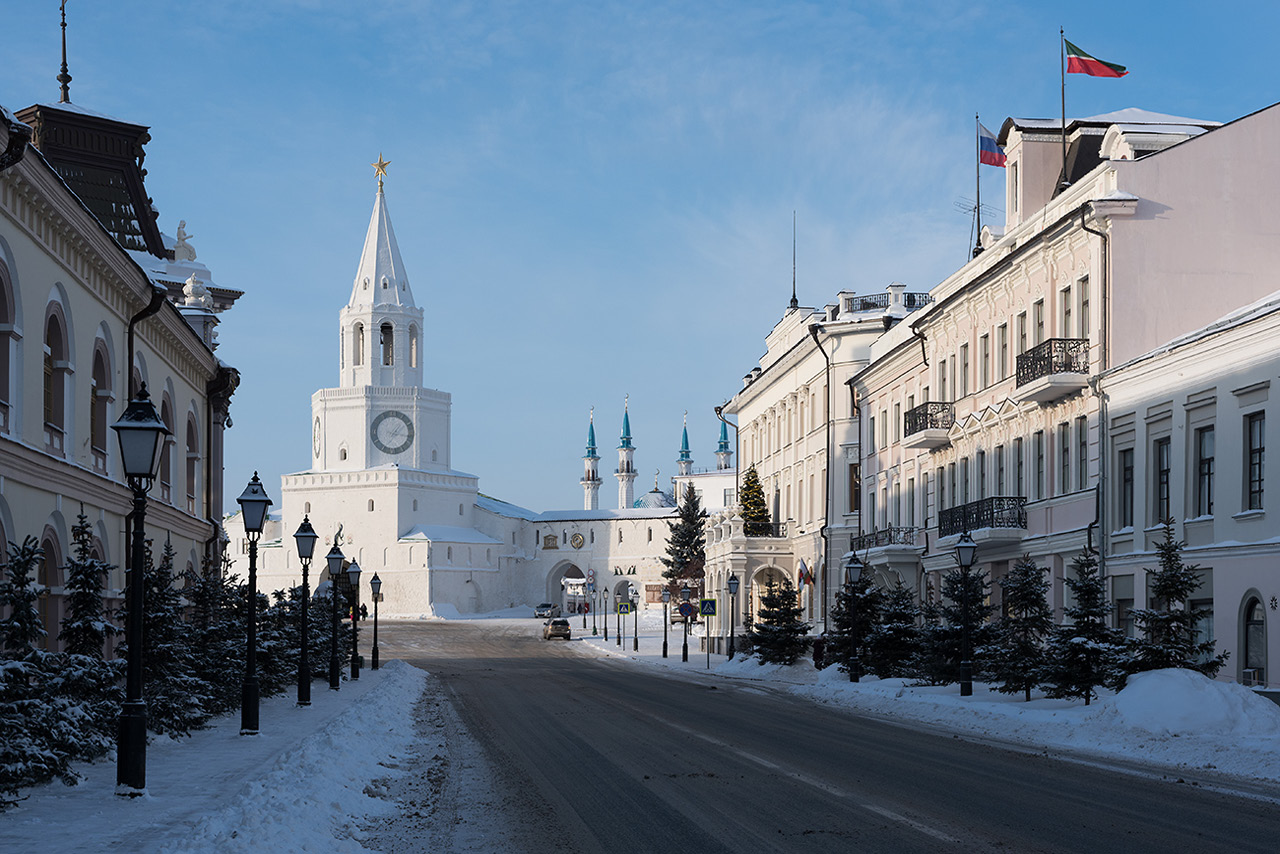
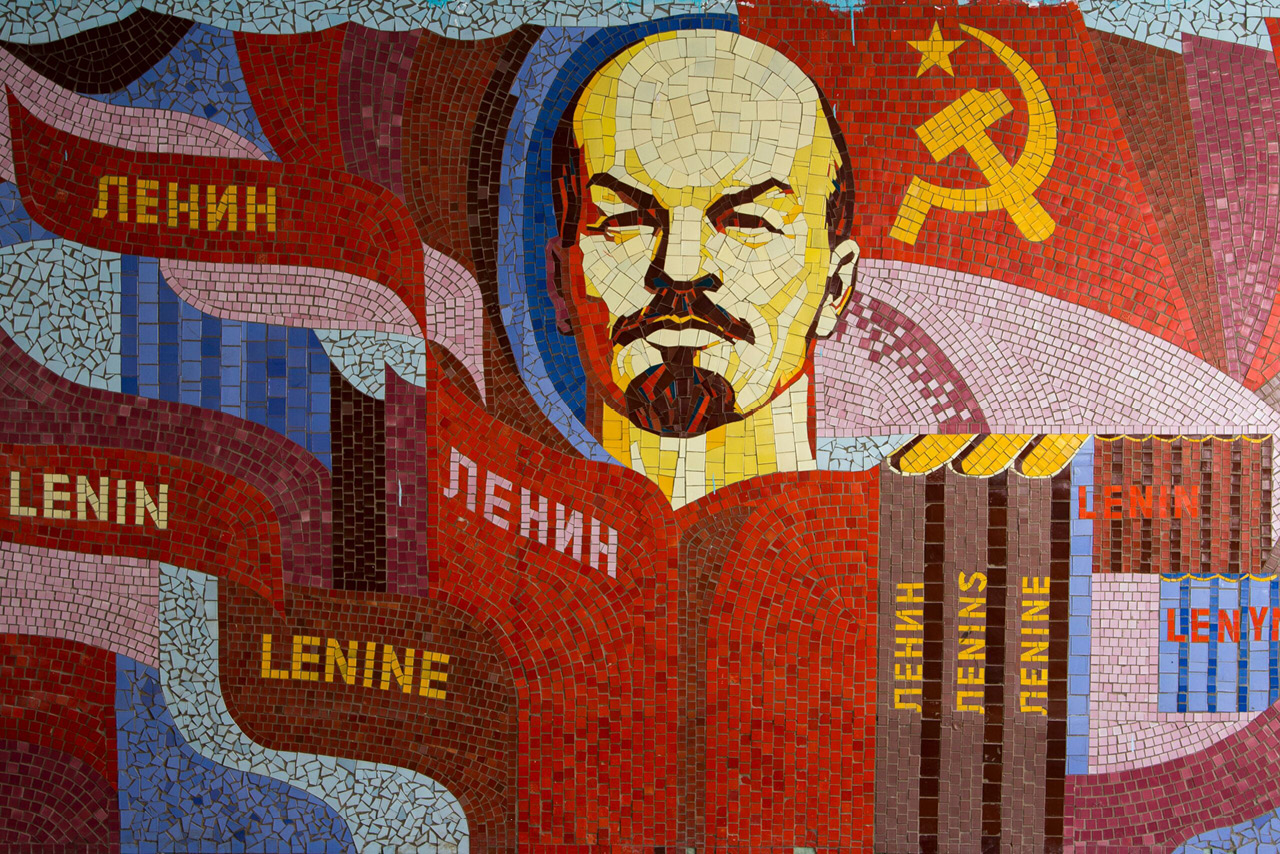
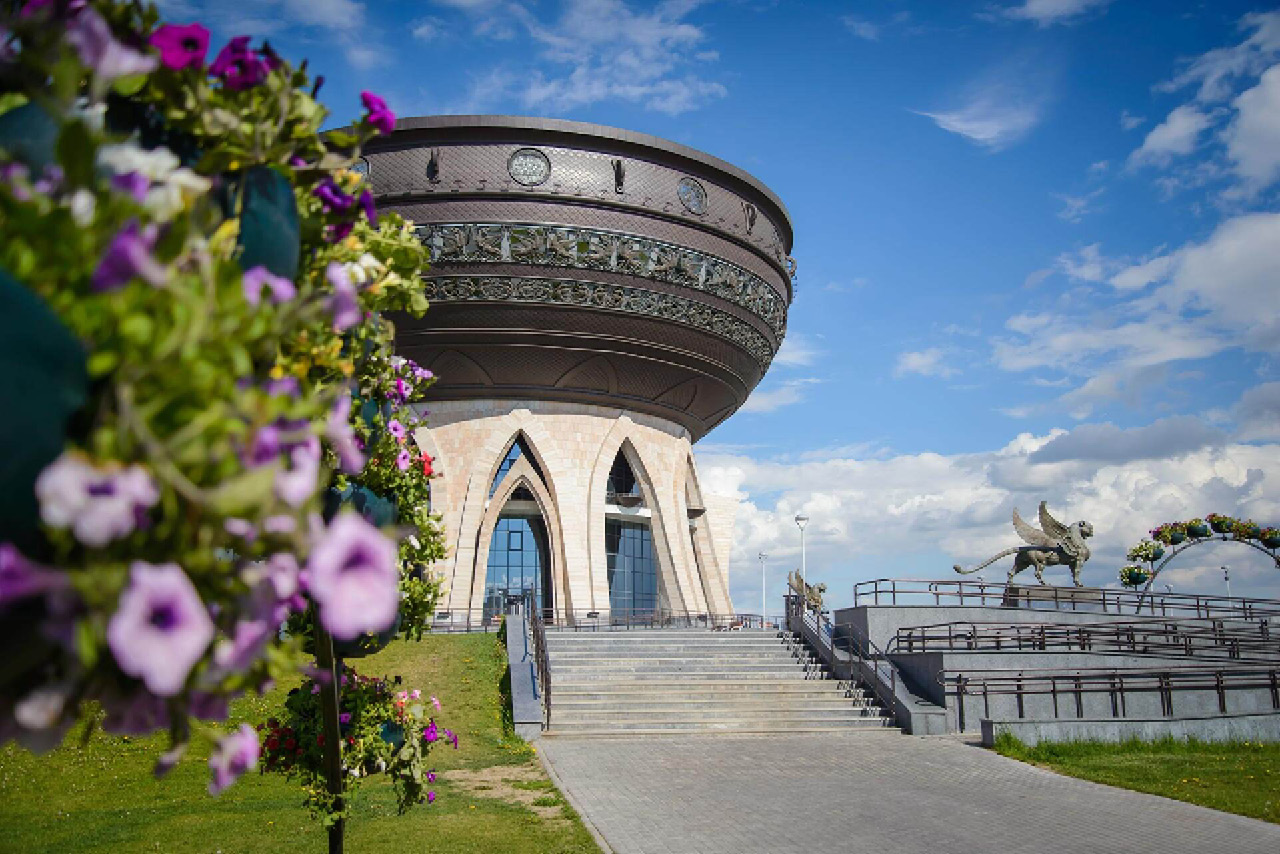
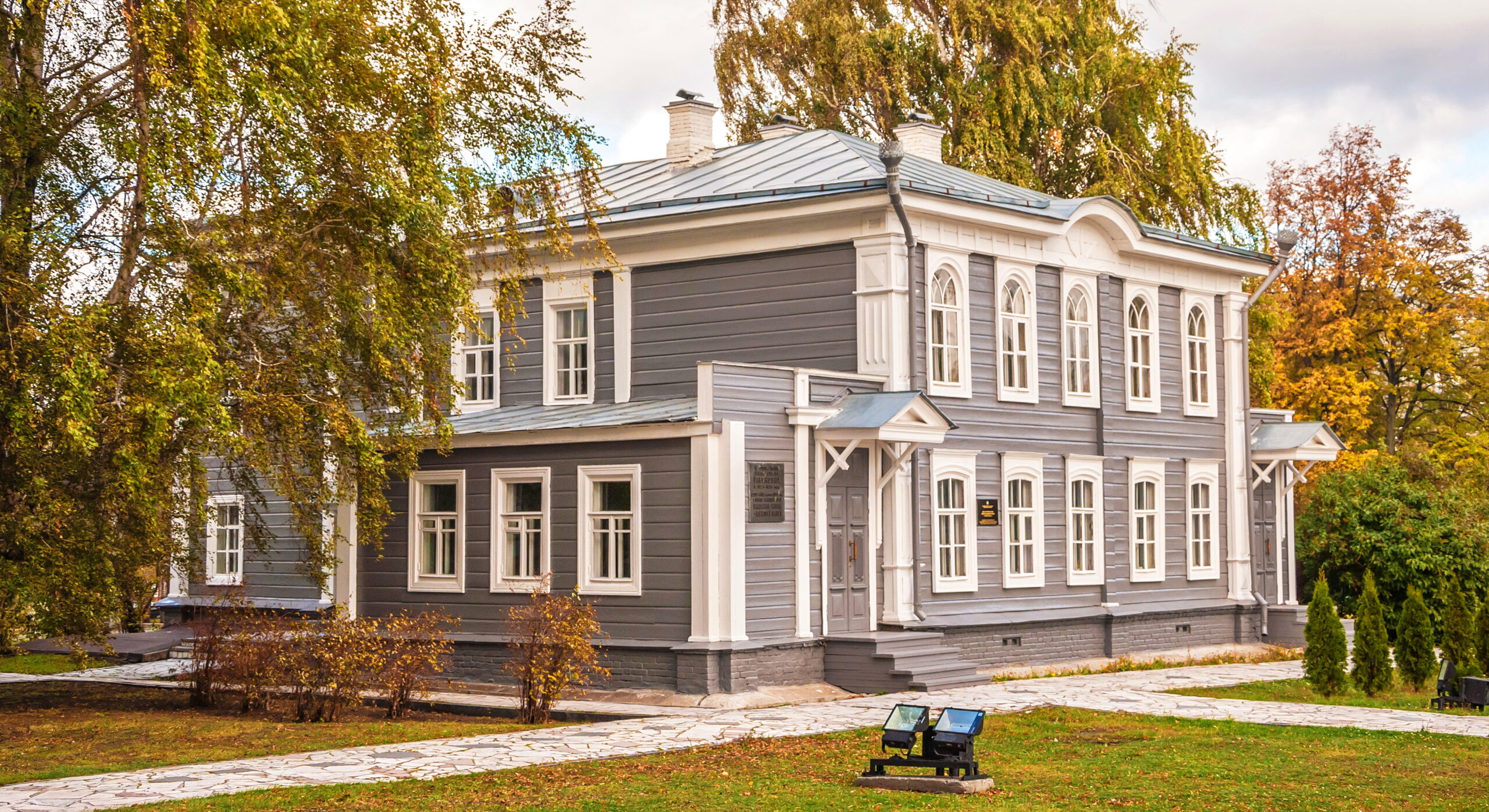
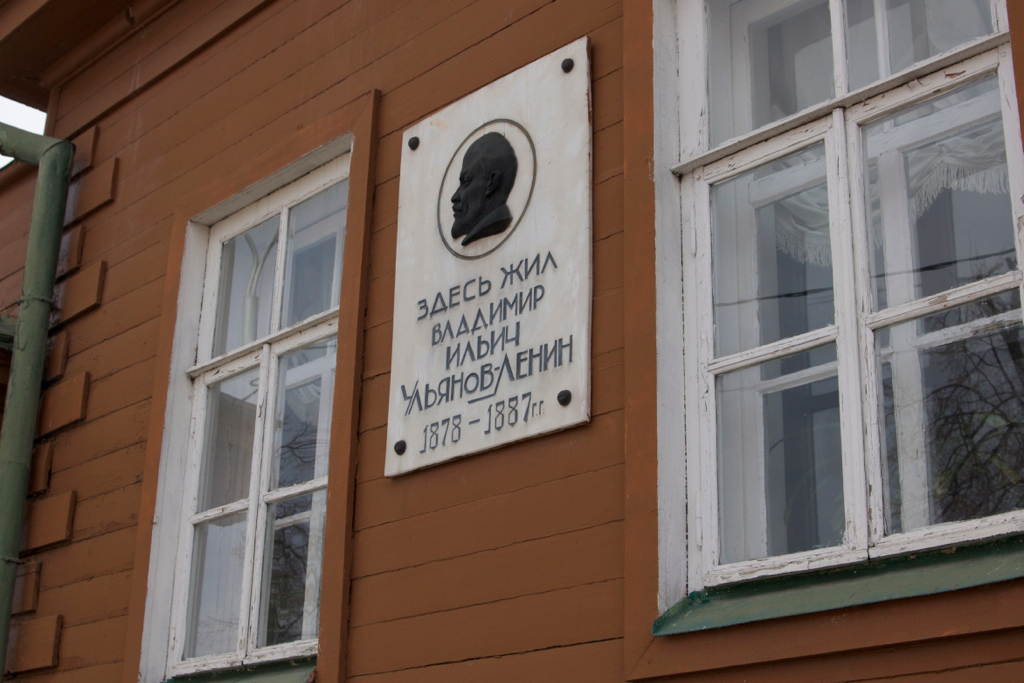
In Kazan Lenin studied at Kazan Imperial University in the faculty of law but it didn’t last for a long. After participation in the protest meeting he was arrested and dismissed from the University. However, this is the place where his revolutionary biography started. Now you can see here the auditorium of the XIX century, where the students’ revolt took place, and the classroom number 7 where Lenin listened to the class of law. One of the professors wrote that exactly here Lenin made his first step to the Revolution.
Great Return
Finland Railway Station
In 1917 at Finland railway station a train, delivering Vladimir Lenin to the Motherland after 17 years of his exile abroad, arrived in St. Petersburg. Just at that spot he gave his legendary speech from the top of an armoured car to the crowd. Later Finnish authorities donated the locomotive of this train to the Soviet Union and it was settled on one of the platforms of the railway station. In the memory of these events, a monument to the revolutionary was erected in the square nearby.
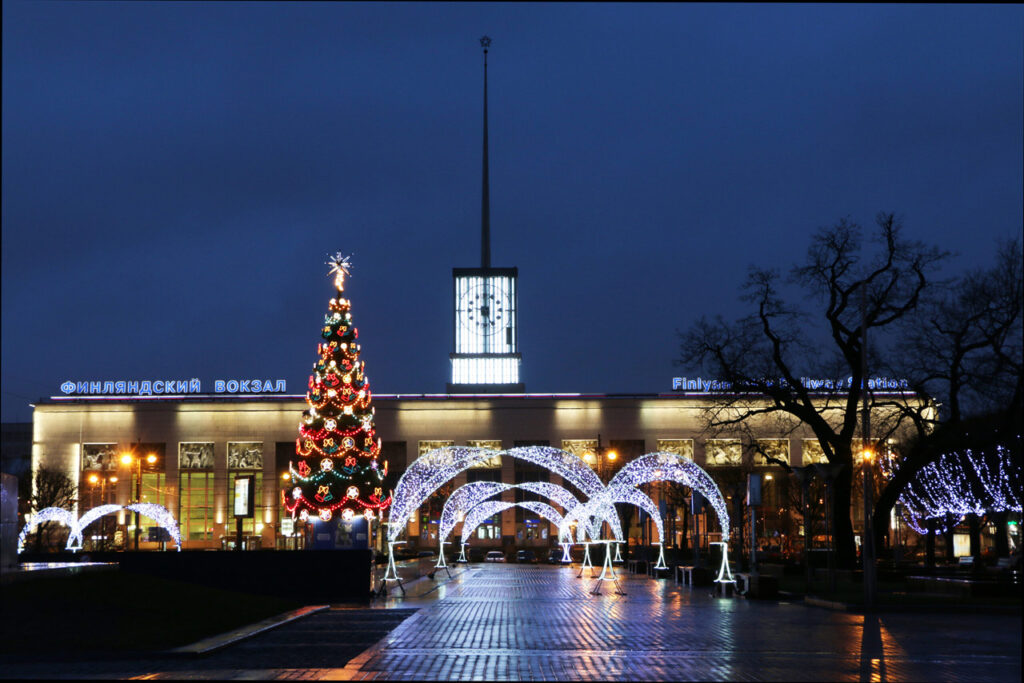
The History was Creating Here
Winter Palace
Being always a symbol of imperial power, during the Revolution Winter Palace became scenery for the events of those days. Here the revolutionaries came in February 1917 and it was here where the Provisional Government was arrested in October 1917. Hermitage that got through all the cataclysms of the time was fully involved in these events. Museum’s curators defended the treasures entrusted to them – they were on duty day & night as security staff was not enough, sent collections to evacuation, didn’t permit to take museum’s masterpieces in order to please the new Bolsheviks’ power and their political games.
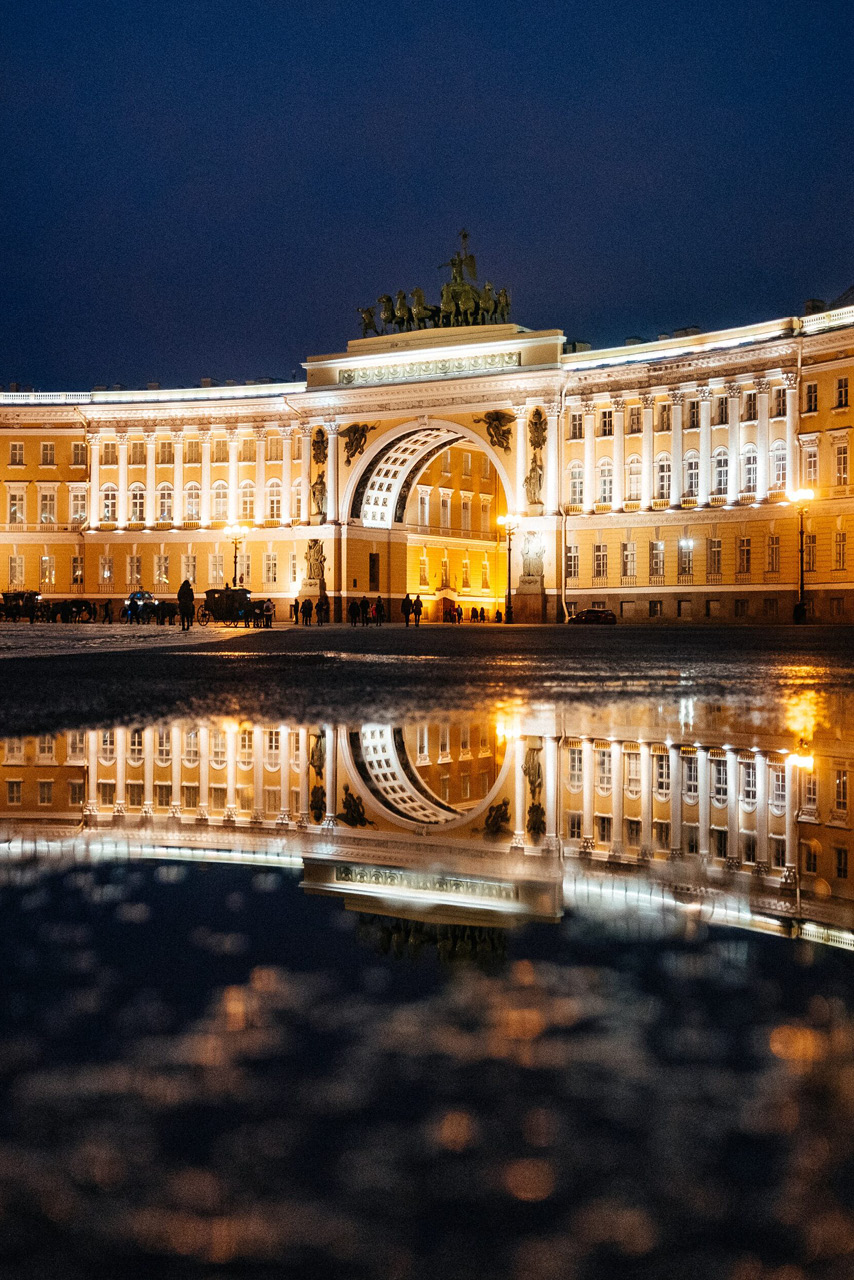
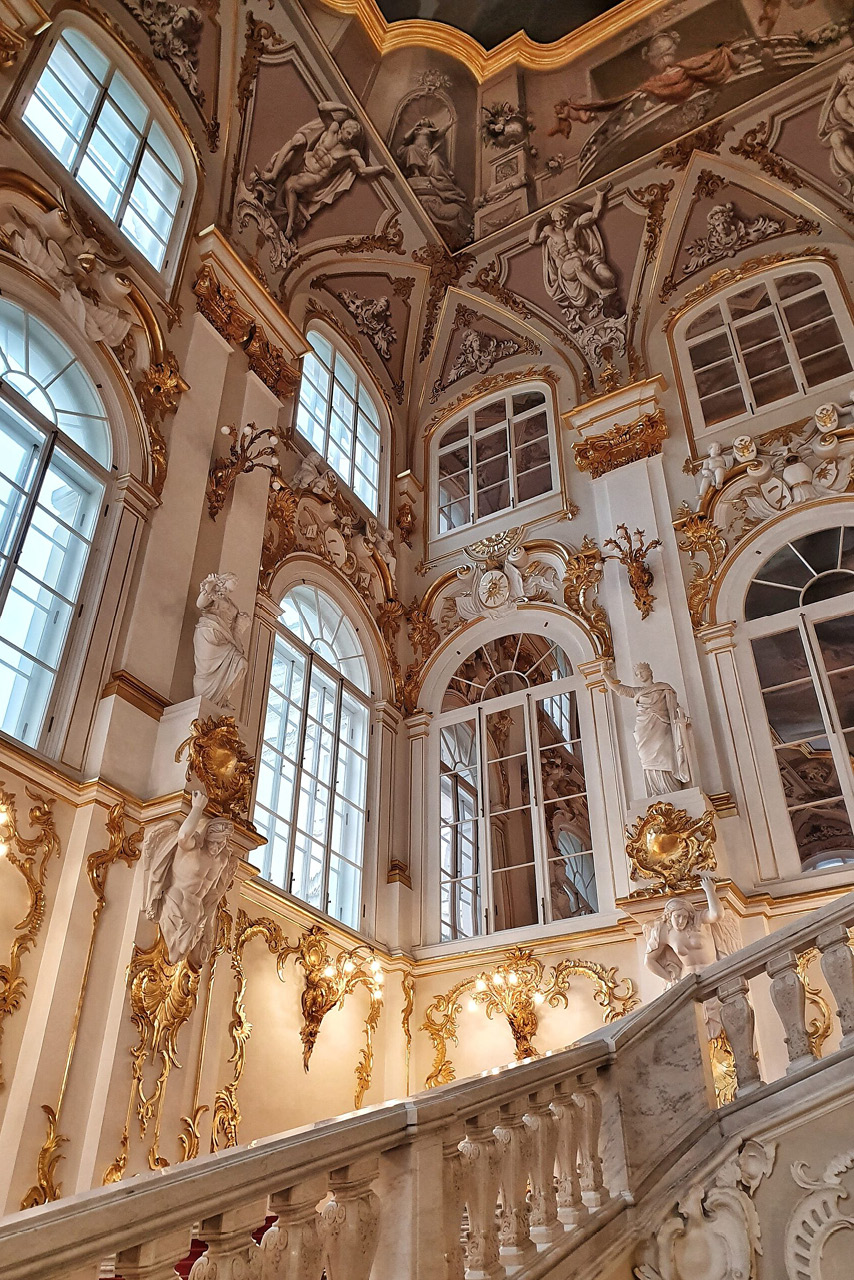
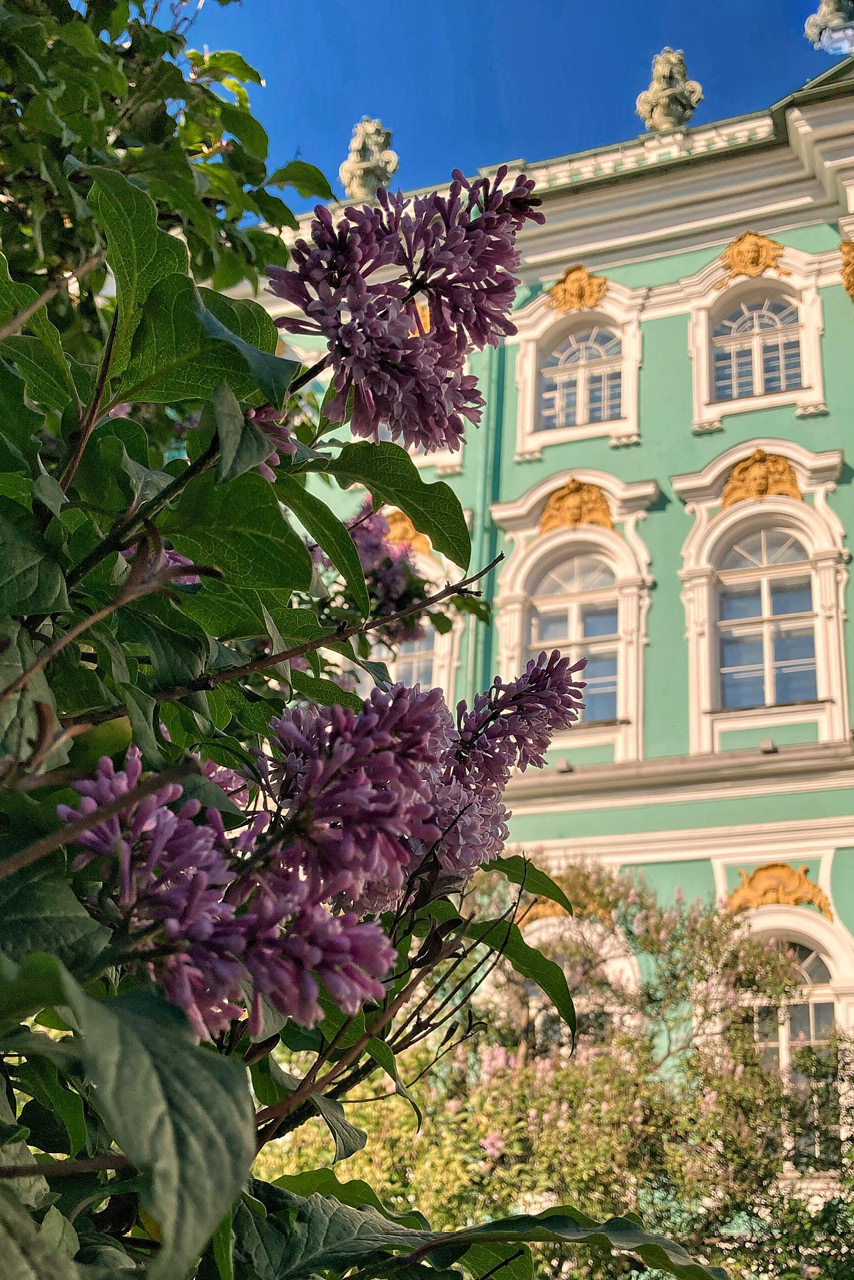
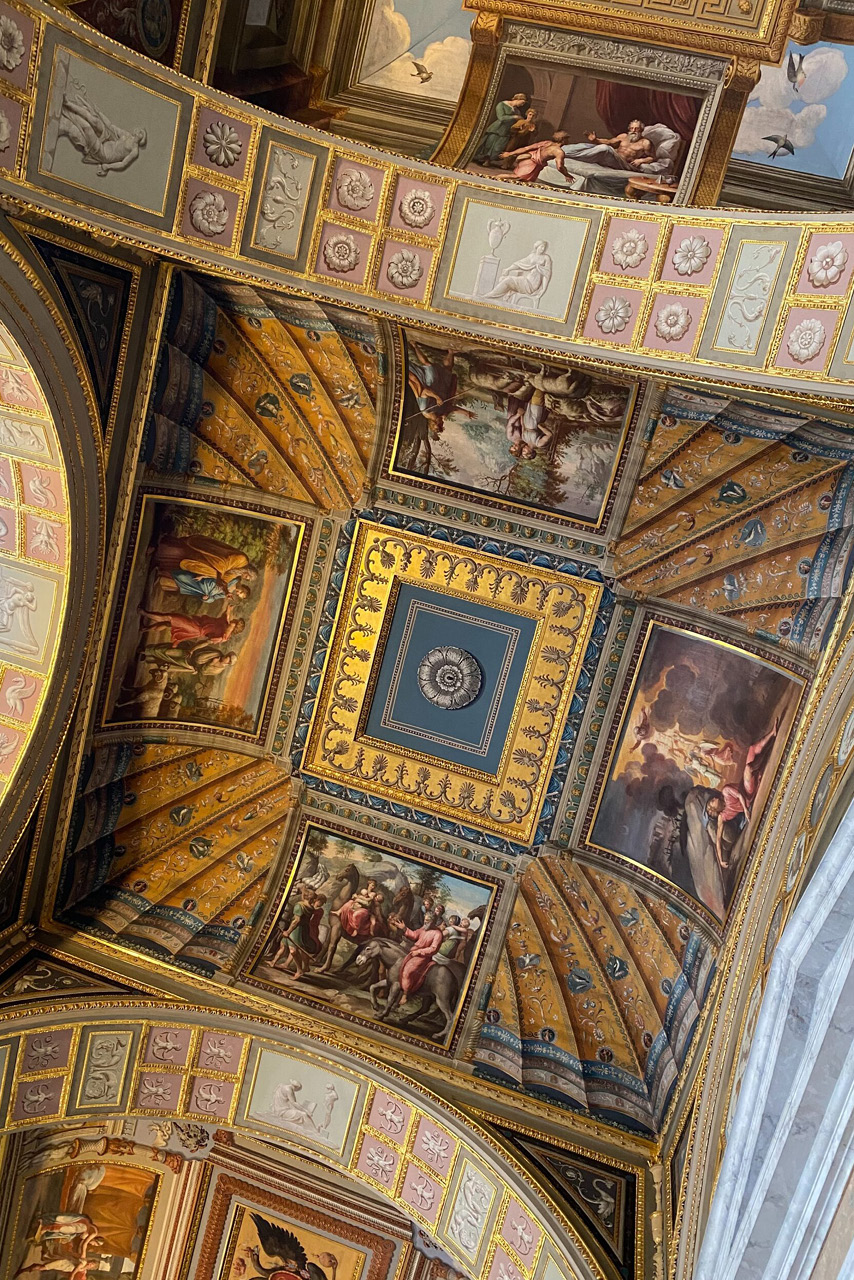

Everything Began with a Blank
Symbol of the Revolution
Cruiser Aurora is considered a symbol of the October Revolution as according to the legend the Cruiser gave a start to the Revolution when its crew fired a blank round from the forward gun as a signal for the beginning of the assault on the Winter Palace. The true story is a bit different. In the reality that blank was done as a caution to the ships standing nearby, the real signal to attack the Winter Palace was two blanks from the Peter & Paul’s Fortress. However, the participation of the cruiser in the Revolution was not all here. Lenin’s message-appeal “To the citizens of Russia” was delivered exactly from Aurora’s radio cabin.
Russian Bastille
This magnificent fortress is at the same time the birthplace of the city and an important landmark of the Russian revolution. In October 1917 an emergency headquarters for the Winter Palace assault was organized here. The Fortress didn’t participate in the assault itself but a blank from the signal cannon gave a real start to it and two shots were made on the Winter Palace during the event (one of them damaged the corner of the building). The prison of the Trubetskoy bastion also played its role – the arrested ministers of the Provisional Government were brought here. Now the Peter and Paul Cathedral, located in the fortress, houses the remains of almost all the Russian Emperors and Empresses.
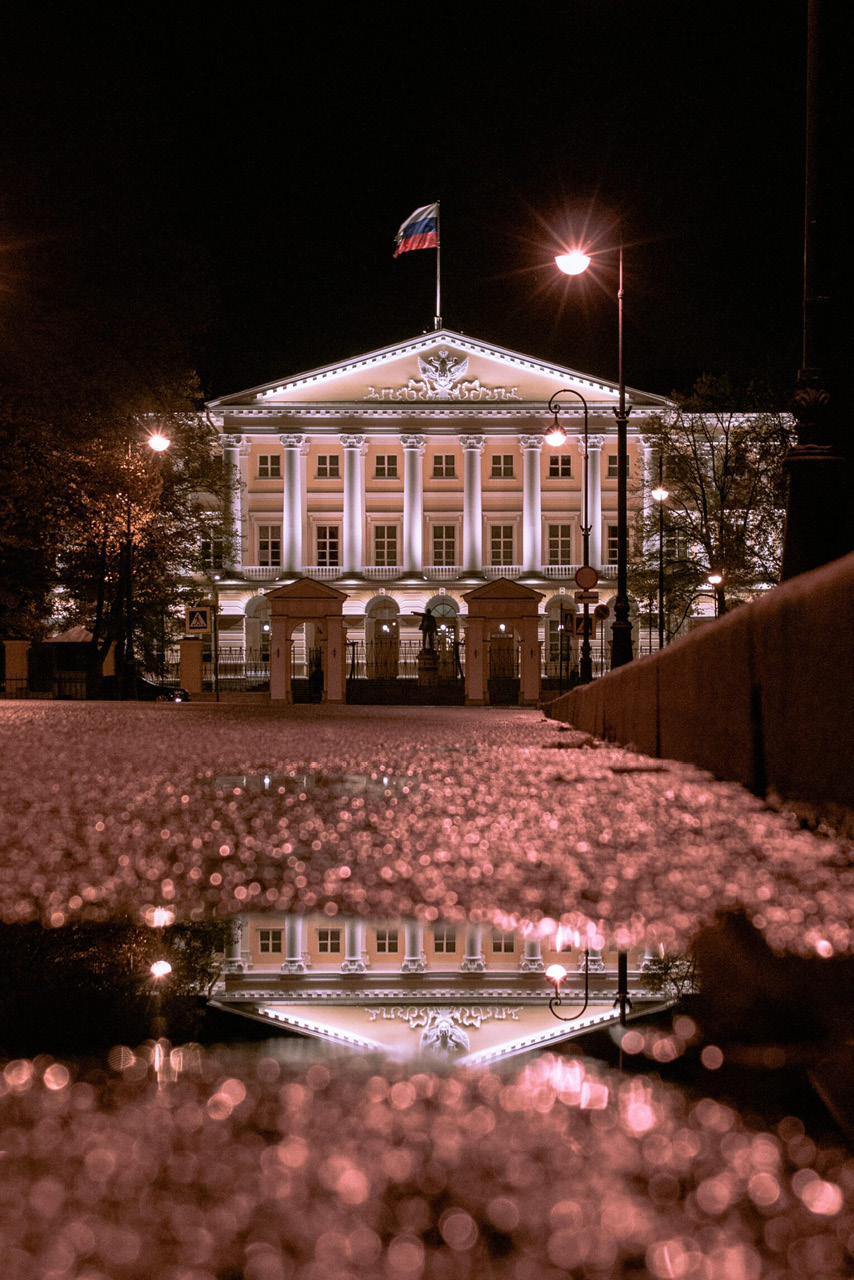
From School for Aristocratic Girls to Bolsheviks’ Headquarters
Smolny Institute
At the beginning of the XIX century, Giacomo Quarenghi built Smolny Institute as a school for aristocratic girls, but in August 1917 the Bolshevik Central Committee and the Petrograd Soviet made of the Insitute their headquarters. From here, Trotsky and Lenin coordinated the October Revolution; here the All-Russian Congress of Soviets proclaimed the victory of the Socialist Revolution and assigned power to a Bolshevik government led by Lenin.
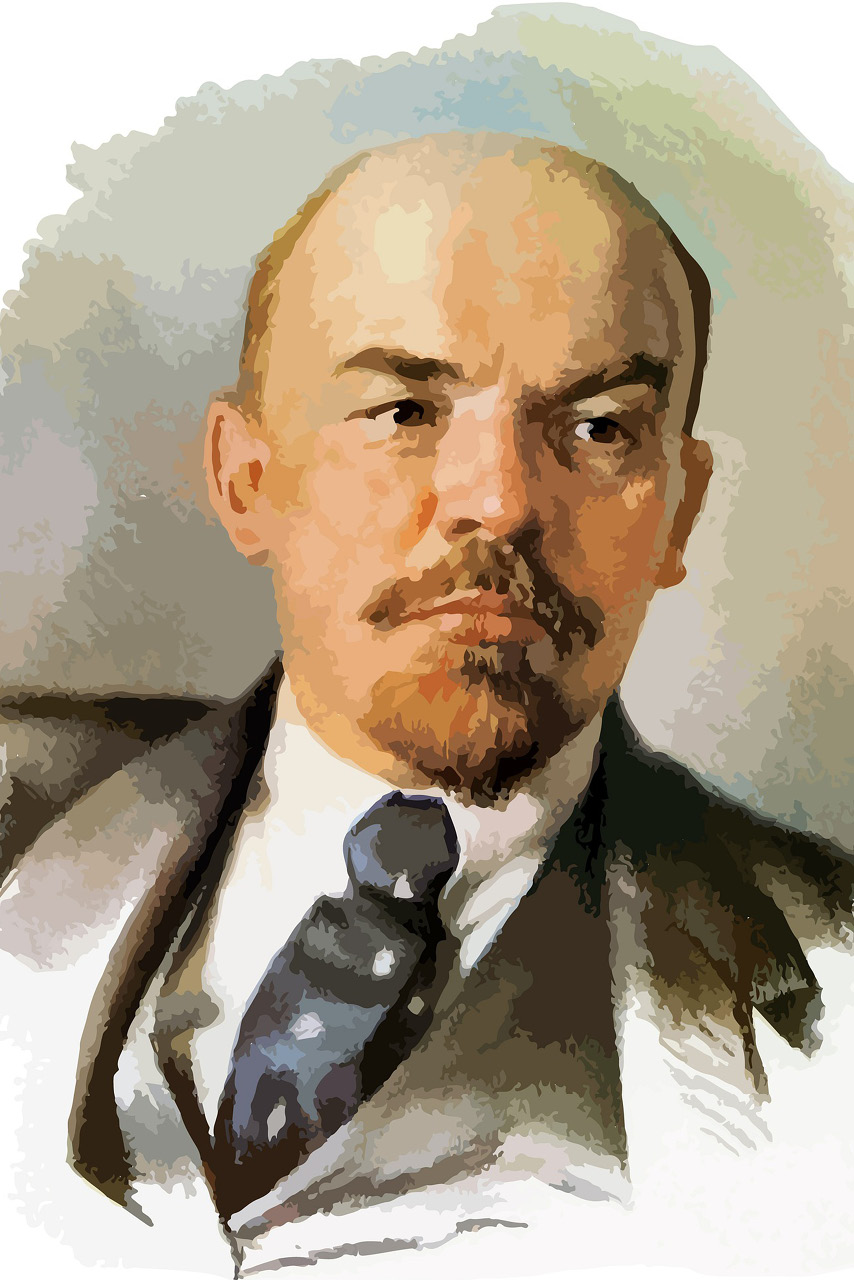
Prima Ballerina’s House and the Revolution
Museum of Political History
This charming mansion in art nouveau style was originally constructed for Mathilda Kshesinskaya, the prima ballerina at the Mariinskiy Theater before the Revolution, and Nicholas II’s mistress before he became Emperor. Still in February 1917 the Bolsheviks seized it and used it as their headquarters till July 1917. It became the centre of their revolutionary activities, and Lenin made a historic speech April Thesis from one of the balconies of the palace.
Even if the second part of summer 1917 the mansion was reconquered by governmental forces, after the October Revolution it was again taken by Bolsheviks and used for state institutions. In 1955 this building became home for the State Museum of the Great October Socialist Revolution initially opened in the halls of the Winter Palace. And now its successor, Museum of Political History, receives its visitors here.
Last years
Gorki Leninskie is a unique museum complex of modern Russia situated in one of the most beautiful parts of the Moscow region. Today in Russia there are only a few museums where the person, who changed the march of history, is spoken about. Leninskie Gorki not only keeps the
memory about Lenin, but it is also the only custodian of the objects’ world that surrounded him in the Soviet times. This estate of the XVIII century was given to Lenin as a residence after the Soviets came to power. Its advantageous location (near Moscow), lovely nature, all the conditions for a normal life – all these made Lenin chose this estate among others.
The most important thing that determined Lenin’s choicen was telephone. Here the leader of the workers of all countries lived and worked for 2,5 years.

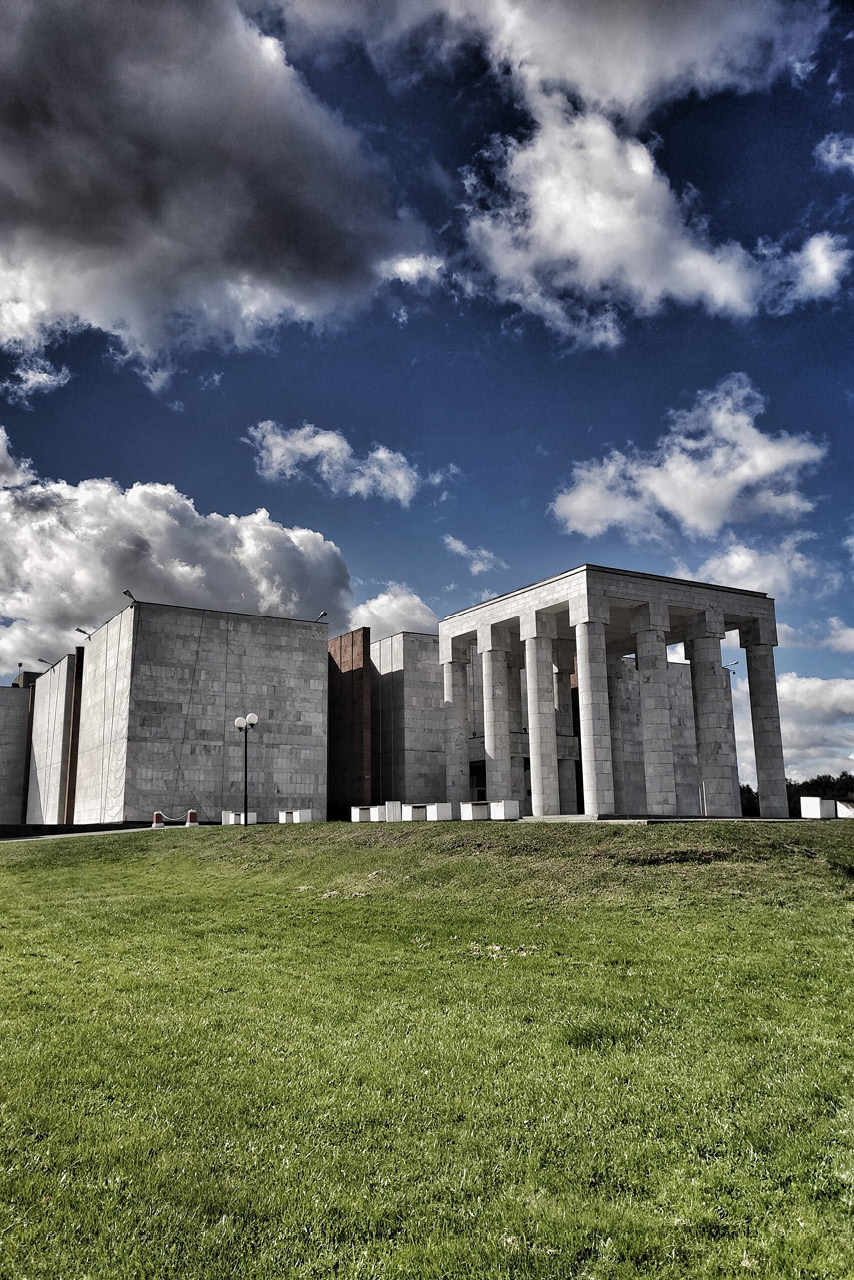
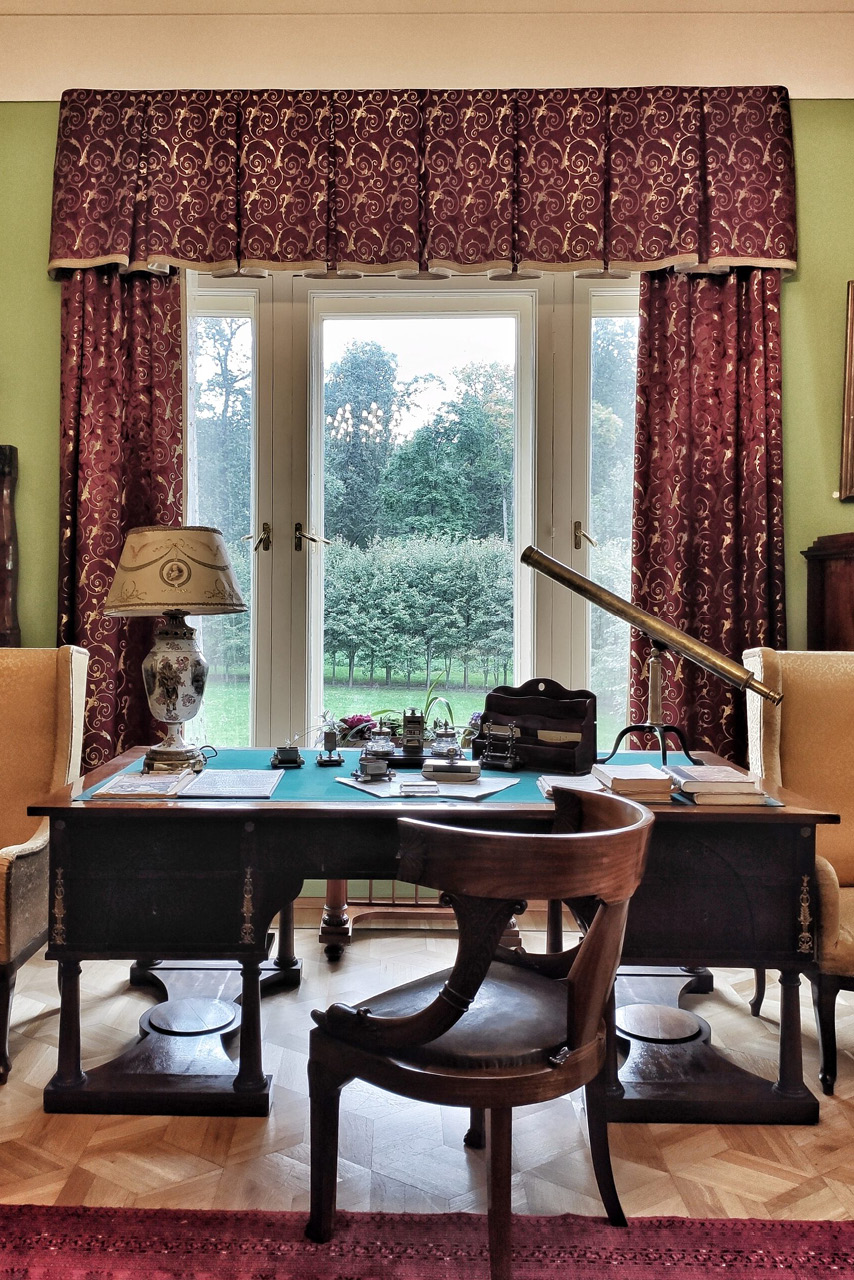
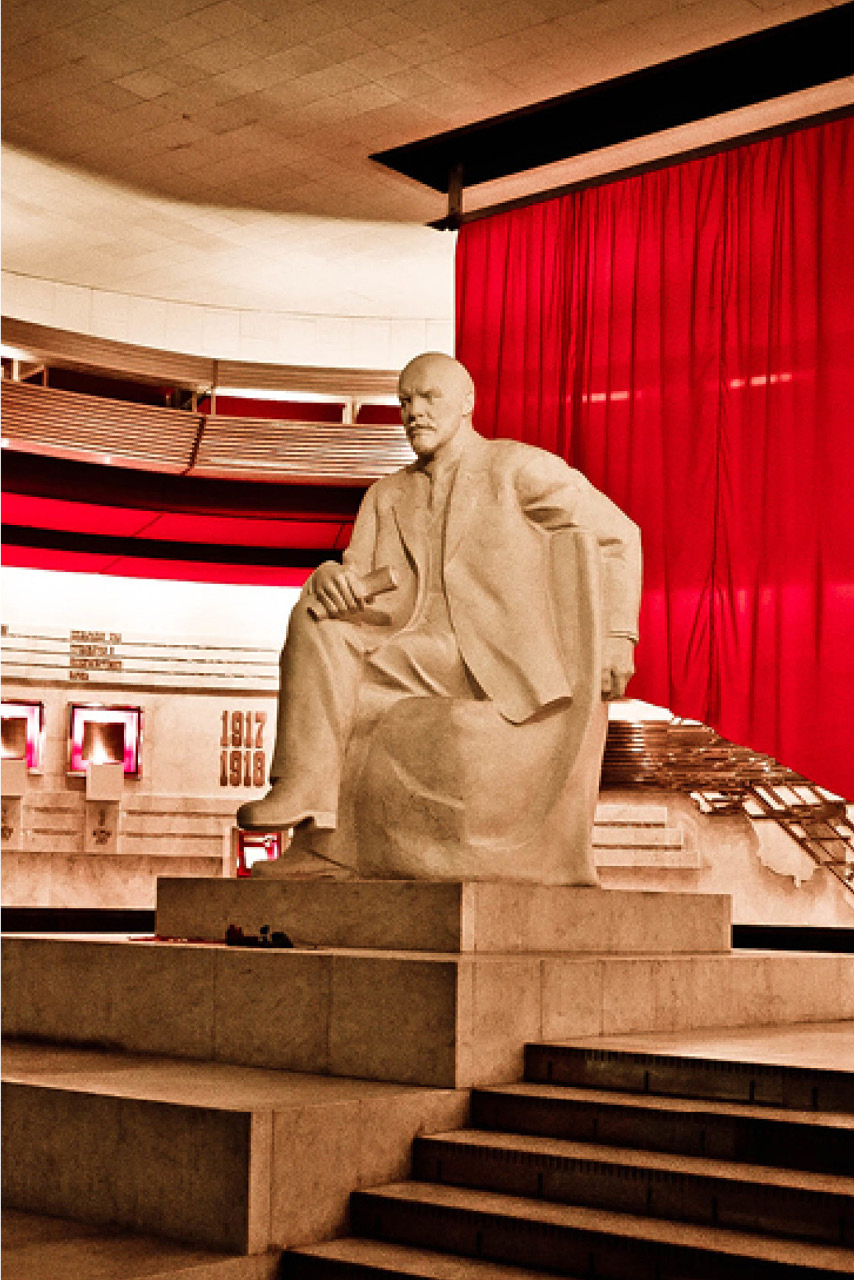
Besides the main exposition, the museum also hosts the recreation of Lenin’s Kremlin office and apartment that was passed to the museum by the Senate where it was kept till 1994, till the Senate building reconstruction. His vintage Rolls-Royce also kindles visitors’ interest.
Final Abode
Mausoleum
Lenin’s Mausoleum is a monument, museum, but in fact, a shrine situated in the very center of Red Square. The idea appertained to Stalin: he thought that a simple denying of the existing religion was unacceptable and it was necessary together with the national idea to create practically a new religion, a cult that would be the basis of the new regime. Lenin was chosen as a god, and Stalin himself was chosen as an oracle.

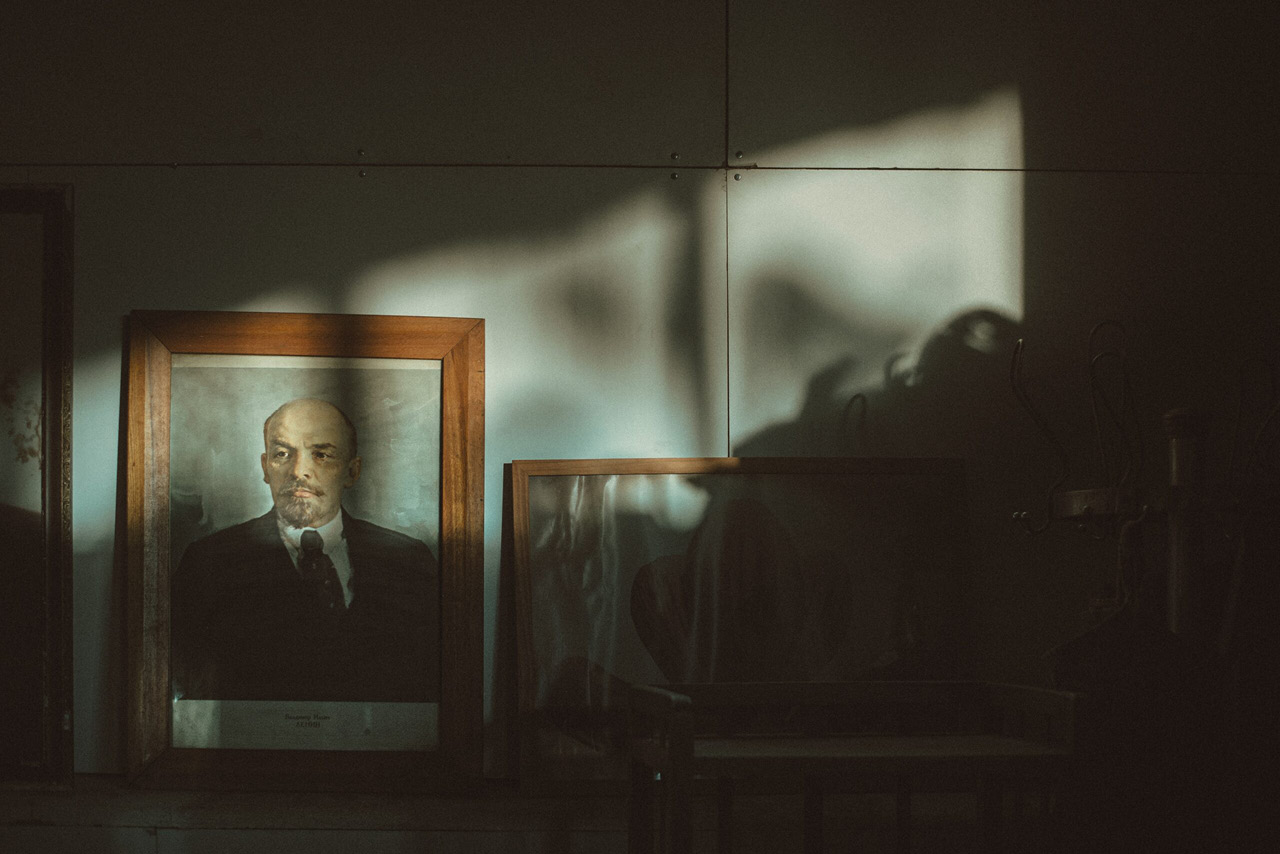
Check the alternatives
You may also like
want more?
More pictures inside the Gallery


